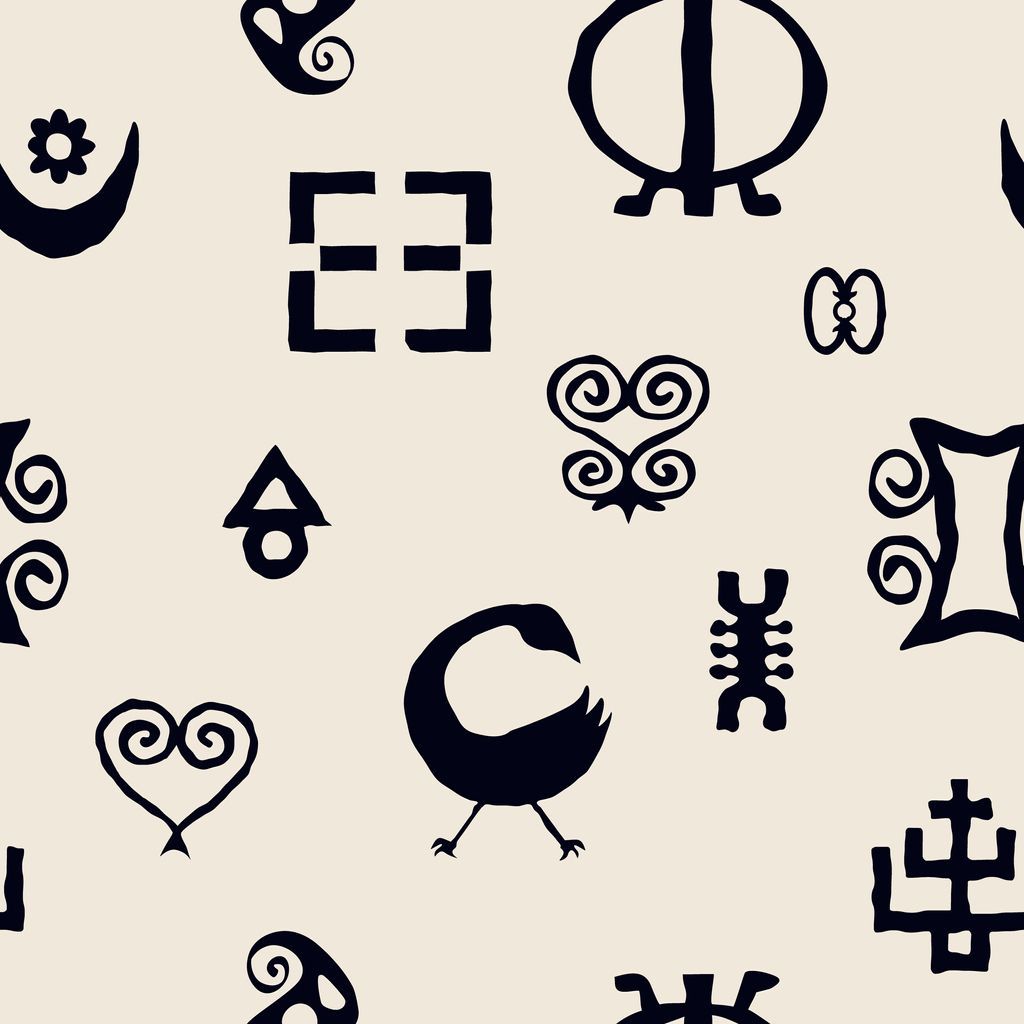By ASHLEY JORDAN
•
September 12, 2023
The Root The Akan people are an ethnic group native to Ghana and Ivory Coast. They are one of the largest ethnic groups in West Africa, with a rich history and culture. The Akan people reside primarily in Ghana's southern and central regions, including Accra. The Akan society is matrilineal, meaning descent and inheritance are traced through the female line. They have a complex system of social organization and a strong sense of community. The Akan people have significantly contributed to Ghanaian culture, particularly art, music, and spirituality. Adinkra symbols, which we discussed earlier, are a prominent example of Akan artistry. The Akan people are also known for their traditional festivals, such as the Ashanti Yam and Aboakyer festivals. Kente Kente cloth is a vibrant and intricate textile with deep cultural significance in Ghana. It is considered one of Africa's most celebrated and iconic fabrics, renowned for its exquisite craftsmanship and symbolic meanings. The history of Kente cloth dates back several centuries. It is closely intertwined with the Akan people of Ghana, particularly the Ashanti and Ewe ethnic groups, during the height of the Ashanti kingdom's power. Legend has it that two brothers, Kurugu and Ameyaw, from the Bonwire village in Ashanti, were the first to create this unique fabric. They were inspired by a spider's web, observing its intricate patterns and translating them into a woven cloth. As a result, Kente became known as "Nwentoma," meaning "woven cloth of the Ashanti." Initially, Kente cloth was exclusively worn by Ashanti royalty and associated with nobility, wealth, and prestige. Its production involved a complex and labor-intensive process requiring technical skill and artistic creativity. Various colors were obtained from natural dyes derived from plants, and each color held its symbolic meaning. For example, black represented spiritual energy, blue signified harmony, and gold symbolized wealth and royalty. Over time, Kente cloth transcended its royal origins and became accessible to other members of society. It began to serve as a garment and a visual language, communicating cultural messages and social identities. Different patterns and motifs emerged, each carrying its symbolic significance. Some designs were reserved for specific occasions or individuals, while others conveyed broader themes such as unity, wisdom, or bravery. In the modern era, Kente cloth has gained international recognition and appreciation. It has become a cherished African cultural heritage and identity symbol, often worn at important ceremonies and celebrations. The intricate weaving techniques and vibrant color combinations continue to captivate individuals worldwide, with contemporary artists and designers incorporating Kente-inspired elements into fashion, home decor, and other artistic expressions. The history of Kente cloth exemplifies the resilience and creativity of the Akan people in preserving their cultural traditions. Through this iconic textile, they have not only passed down ancestral knowledge but also celebrated their heritage and contributed to the global appreciation of African artistry. FOLKLORE Popular folklore tells the tale of two friends, Ota and Ameyaw, who went into a forest one night to inspect their traps and were intrigued by the intricate designs of a spider web. The Spider, known in Ghanaian folklore as Ananse, offered to teach these two friends how to weave in exchange for some favors. After completing the blessings, they learned how to knit. They later went home to Bonwire (their hometown) and started practicing and committing to what they learned from Ananse, turning into silk and cotton fabrics. This lore birthed the to-be-famous artifact, the Kente.



